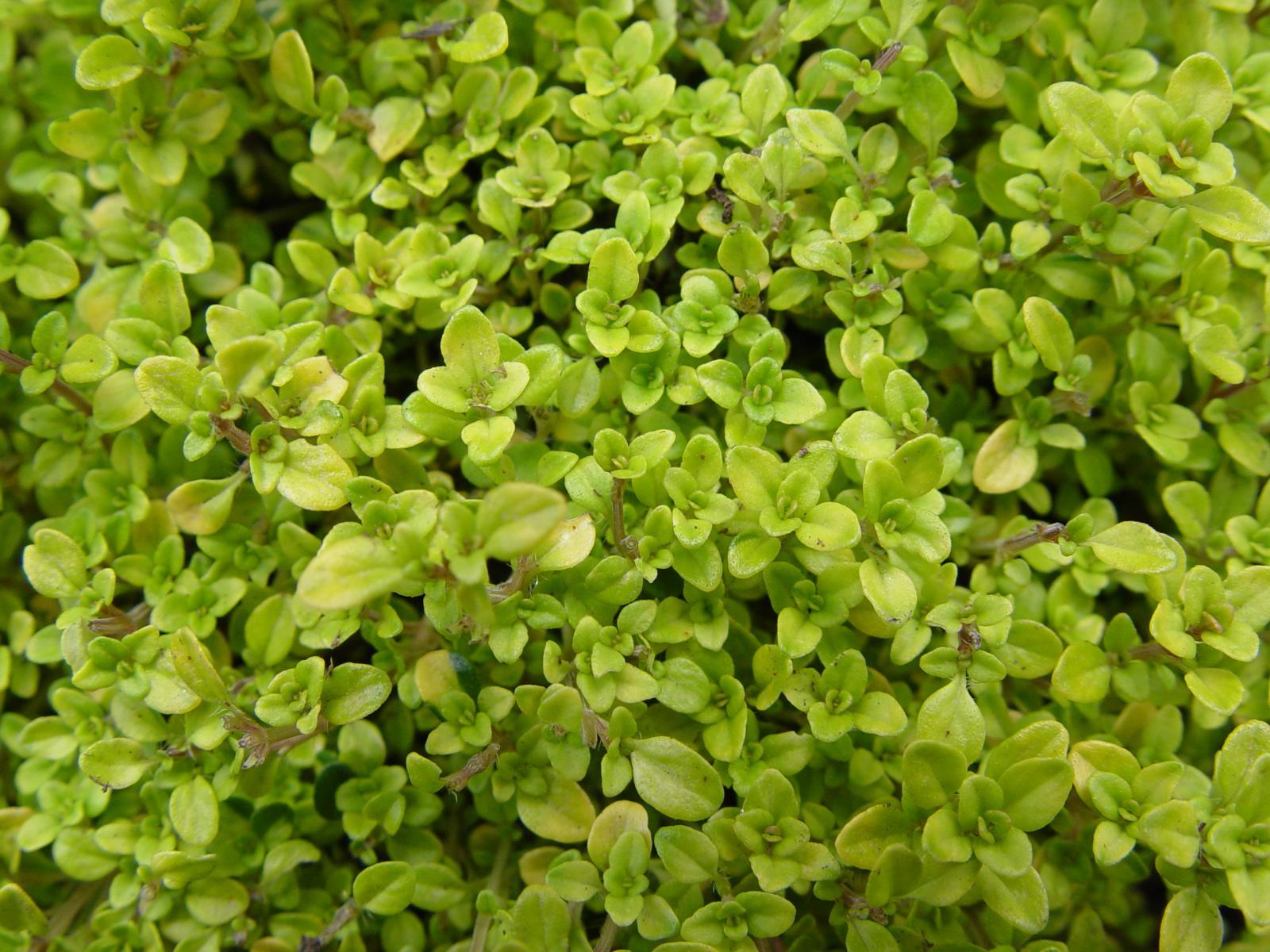
Add zing to your meals with these favourite herbs that are easy to grow.
Sweet basil (annual)
40 to 60 cm tall; tender annual that can not be planted out until early June; the perfect flavouring for tomatoes and tomato dishes; highly aromatic clove-like scent and peppery taste; young leaves are best; leaves in excess of your immediate needs can be dried or packed in jars and covered with oil. They can also be dry frozen or frozen in ice-cubes.
Bush basil (annual)
25 cm tall; a small compact plant, good for pot and windowsill culture. This 'picollo' basil is thought best for pesto, a delectable sauce for 'al dente' spaghetti and other pasta.
Chives (perennial)
The chopped hollow stems add flavour to salads, soups, omelets and cheese dishes. The attractive flowers are worth growing for their ornamental value.
Garlic chives
Chinese chives (Gow Chow) (perennial)
The stems are not hollow. The attractive white flowers bloom in August and September. Garlic chives are recommended for rock gardens or the front of perennial borders. Culinary uses are the same as regular chives. Both types of chives can be forced indoors if a dormant or resting period is provided. Pot up sections of a garden clump in September and keep in a cold place. Bring indoors in January and place in a sunny window.
French tarragon (tender perennial)
Grows to 90 cm and needs full sun in light, well-drained soil. Famous as a flavouring for vinegar, French tarragon is also used in marinades and sauces. With a refreshingly different flavour of mild anise, it is the essential ingredient in béarnaise sauce.
Sage (tender perennial)
Evergreen shrub, usually 60 cm ta;;. The silvery-gray foliage is very attractive. Best known use is sage and onion stuffing for poultry.
Lovage (annual)
A clump-forming perennial with stems growing over 2 m in rich, moist soil. Somewhat like a large celery with a yeasty celery flavour, it adds greatly to soups and stews. The tang of the yeast extract and herbal flavouring 'Maggi' comes from lovage.
Thyme (perennial)
The common cooking thyme is a bushy shrub 20 to 30 cm tall, spreading to 60 cm. To survive Ontario winters, it needs gritty well-drained soil.
Lemon thyme (perennial)
The lemon thymes are best used fresh in summer salads or a garnish and flavour for soups or boiled potatoes.
Oregano and marjoram (tender perennial)
A group of shrubby herbs from the Mediterranean, oregano and marjoram are not easy to overwinter in Ontario gardens unless perfect drainage is provided. Winter cover with such material as evergreen boughs is also essential.
The best for flavour are listed below.
Sweet marjoram and greek oregano (tender perennial)
They are essential ingredients in Italian cookery, the pizza herbs. The hot, spicy flavour works well in all tomato dishes as well as meat stews, soups and gravies.
Florence fennel (finocchio) (annual)
Approximately 1 m tall, this annual is more vegetable than herb. The swollen, bulbous base is similar to celery and should be blanched by mounding soil around the base once it is larger than an egg or lemon. Florence fennel can be sliced raw for salads, sautéed or quartered in a chicken casserole. It has a delicate anise-licorice flavour.
Sweet fennel (annual)
Sweet fennel is 1 to 2 m tall. Although it is a perennial, sweet fennel must be treated as an annual in the Ontario climate. The leaves, stems and seeds are anise flavoured. If the foliage is the only part to be used, it is best to pinch off the flowering stems. The finely chopped leaves are used in salads and sauces. Fish and sweet fennel go together well. Fresh leaves can be used as stuffing for baked fish or added to the water when poaching.
Curled parsley (annual)
Perhaps the most popular herb of all, curled parsley is a biennial herb, which is grown as an annual for its often used, finely dissected leaves. 15 cm.
Italian parsley (annual)
Approximately 30 cm, Italian parsley is a taller variety with flatter leaves, similar to celery leaves but with a strong parsley flavour